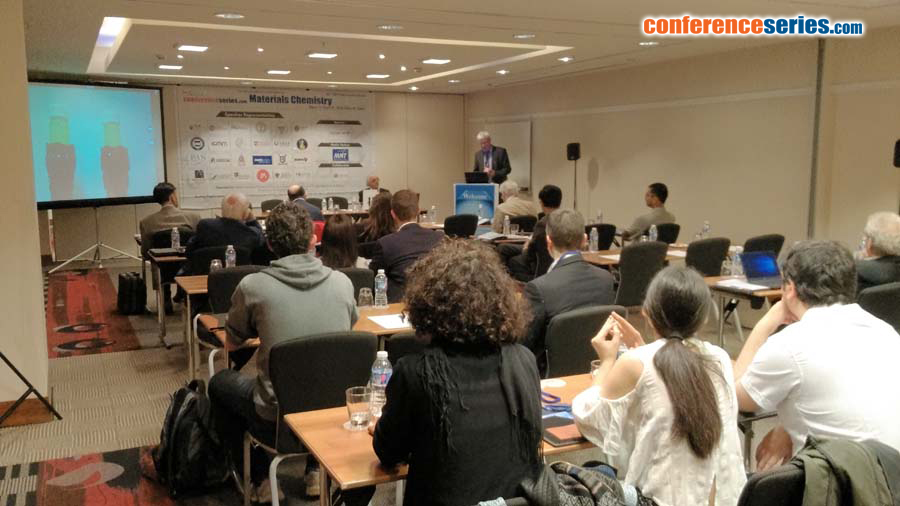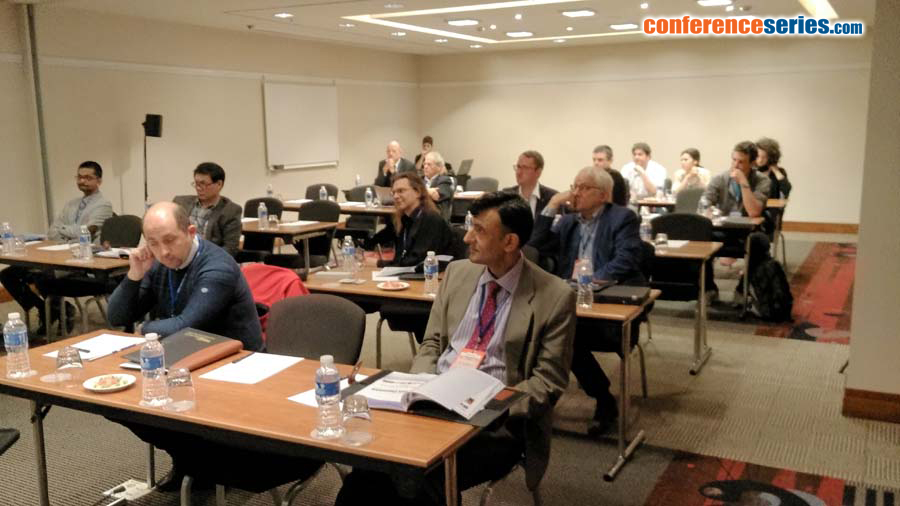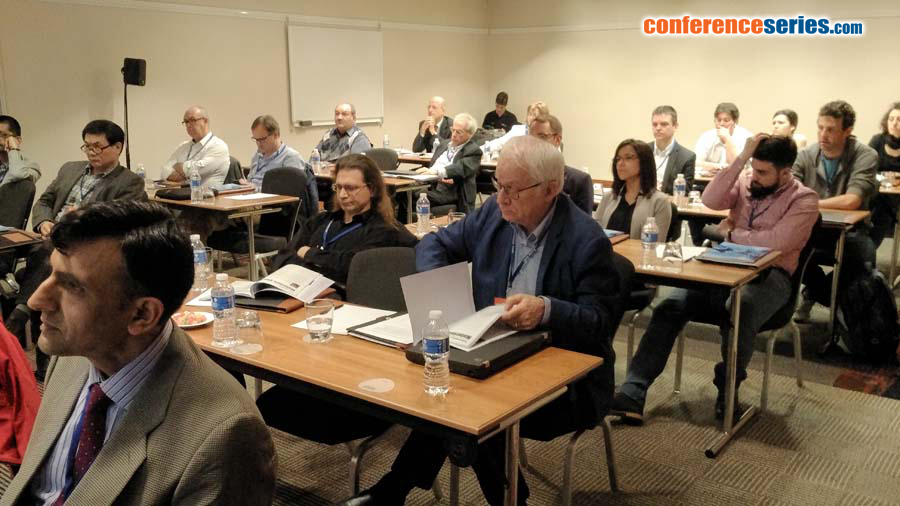
Marat M. Khusniyarov
Friedrich-Alexander-University of Erlangen-Nuremberg, Germany
Title: Molecular Magnetic Switches
Biography
Biography: Marat M. Khusniyarov
Abstract
Continuous miniaturization of devices as demanded by modern society requires construction of smaller and smaller device components approaching the limits of the conventional "top-down" approach. An alternative "bottom-up" approach flourishing in widespread nanotechnologies allows to overcome these limits. One step in miniaturization beyond the nanoscale is the development of true molecule-based devices, in which single molecules are the active components in the ultimate case. In this regard, molecular switches are the key components for prospective molecular electronics and spintronics. Our research group develops unique molecular switches – molecular coordination compounds – whose magnetic properties can be reversibly changed at room temperature. To accomplish this goal, photoisomerizable ligands were introduced into bistable molecules of two families: spin-crossover metal complexes and valence tautomeric metal complexes. The efficient and reversible photoswitching in spin-crossover species was achieved using the Ligand-Driven Light-Induced Spin Change (LD-LISC) effect and proceeds in solution and in the solid state. The switching of valence-tautomeric cobalt complexes was accomplished by two novel effects: Coordination-Induced Valence Tautomerism (CIVT) and Ligand-Driven Light-Induced Valence Tautomerism (LD-LIVT), both developed in our group. To this end, we demonstrated that magnetic properties of isolated molecules can be conveniently switched at room temperature. Modulation of magnetic properties at molecular level at ambient conditions may open new horizons in development of ultra-high-density memory units and molecular sensors.




